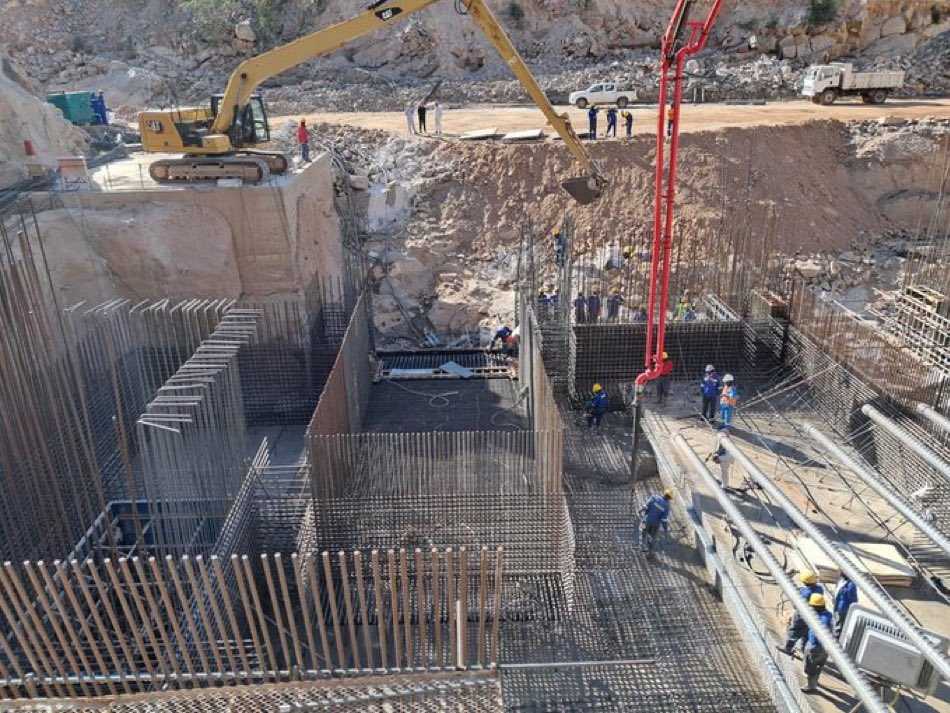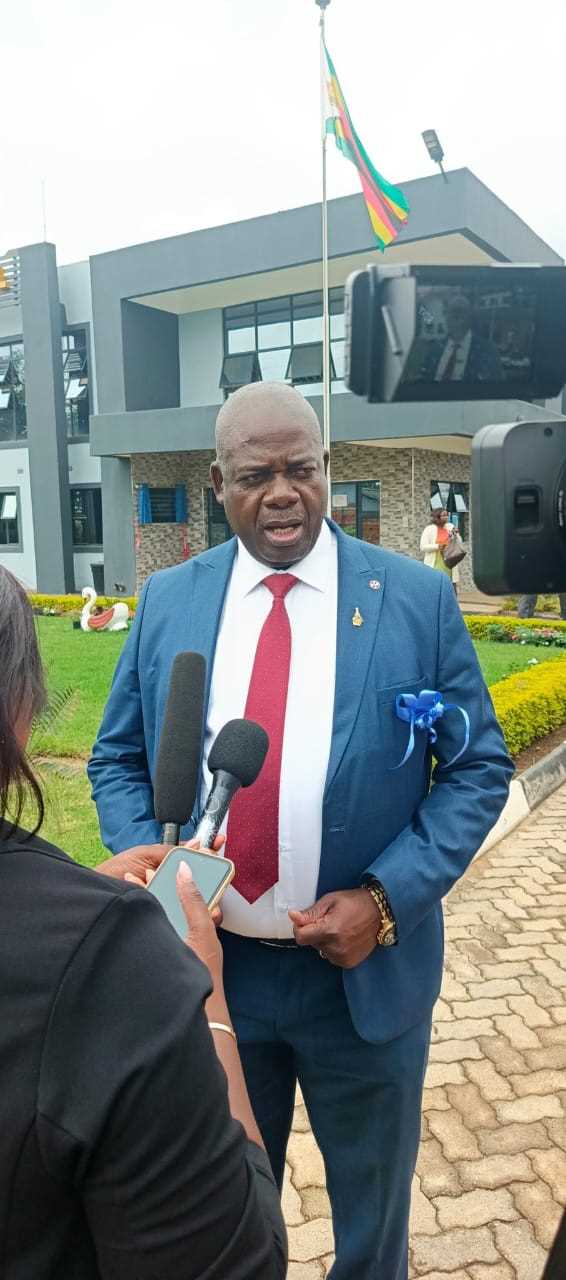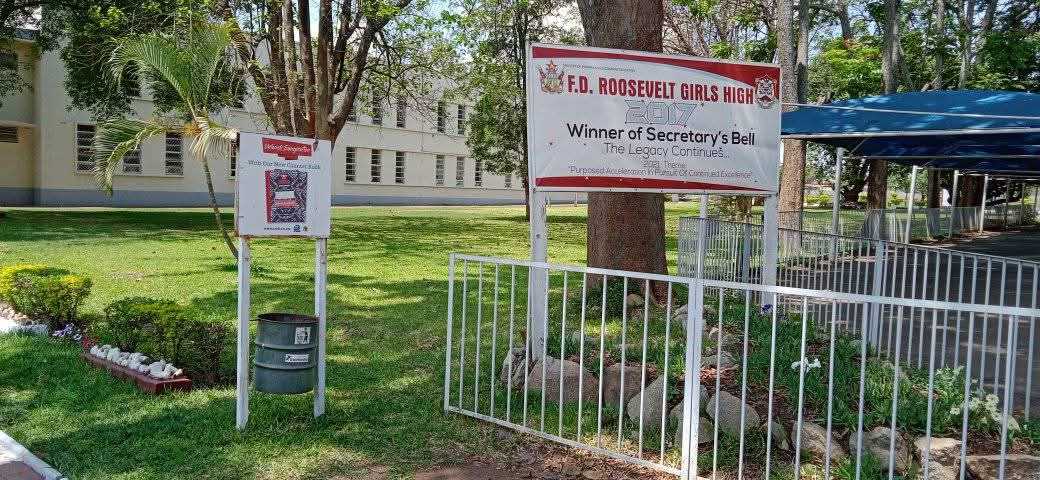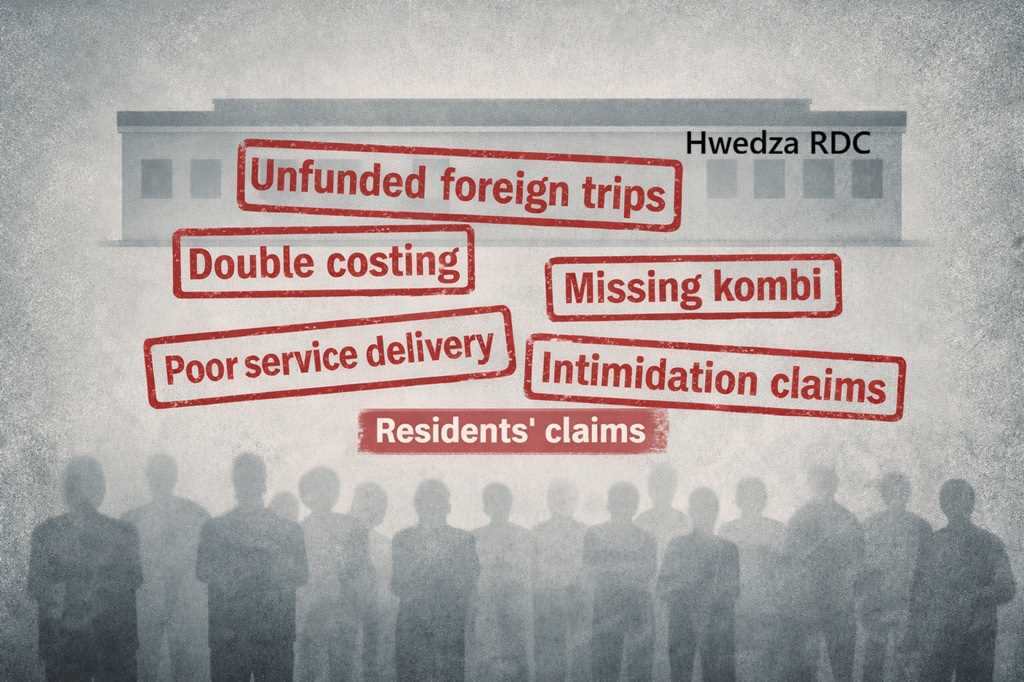
Zim Now Writer
The long-delayed Gwayi-Shangani Dam project has entered a critical 24-hour construction phase following a directive by President Emmerson Mnangagwa for Treasury to disburse US$5 million monthly towards its completion.
Now 72% complete, the dam a key component of the National Matabeleland Zambezi Water Project is intended to end Bulawayo’s decades-long water crisis, power irrigation schemes, and generate hydroelectricity along a 252-kilometre pipeline that promises to transform Matabeleland North’s economy.
The intensified construction push was confirmed during a recent site inspection attended by government officials and Parliament’s Portfolio Committee on Lands, Agriculture, Fisheries, Water and Rural Resettlement.
The project, which commenced in 2017 but has suffered years of setbacks due to erratic funding, has now gained new momentum, with construction teams working around the clock to raise the dam wall from its current 39 metres to the targeted 72 metres.
Related Stories
Engineer Takudza Makwangudze, Director of Engineering and Hydrological Services at the Zimbabwe National Water Authority (ZINWA), confirmed that progress had resumed at an accelerated pace. “So far, US$10 million has been released. That has enabled us to construct four metres of the wall. If we receive US$4 million consistently every month, we can raise two metres of the wall monthly,” he said.
Makwangudze added that an additional US$48 million is required to complete the dam by the end of 2025. The total cost of the full project, including a hydroelectric power station and pumping infrastructure, stands at approximately US$84 million.
“We need uninterrupted financial support to meet our completion targets,” he said.
Chairperson of the Portfolio Committee, Felix Maburutse, pledged parliamentary backing to secure continuous funding. “We will lobby Treasury to ensure the required amounts are disbursed timely. This is not just a dam it’s a strategic national asset,” he said.
The dam is expected to supply water to Bulawayo and benefit several communities along the pipeline, including Hwange, Lupane, and Binga. Officials say its completion will enable year-round irrigation, contribute to rural industrialisation, and generate electricity to support local grids.
Once operational, Lake Gwayi-Shangani will become Zimbabwe’s third-largest inland water body, after Lake Kariba and Lake Mutirikwi, and will play a pivotal role in alleviating water stress in the region.



















Leave Comments